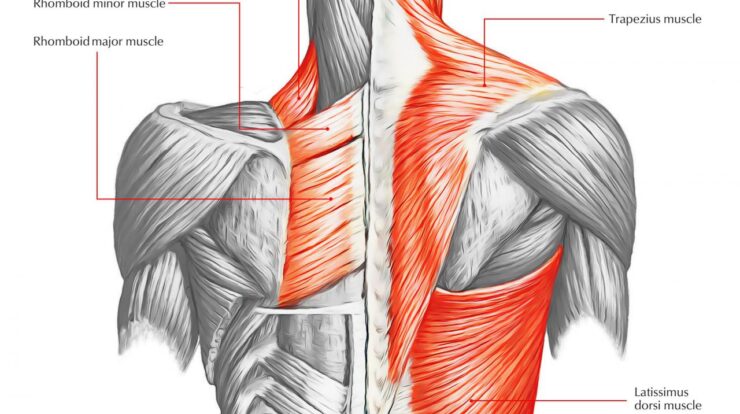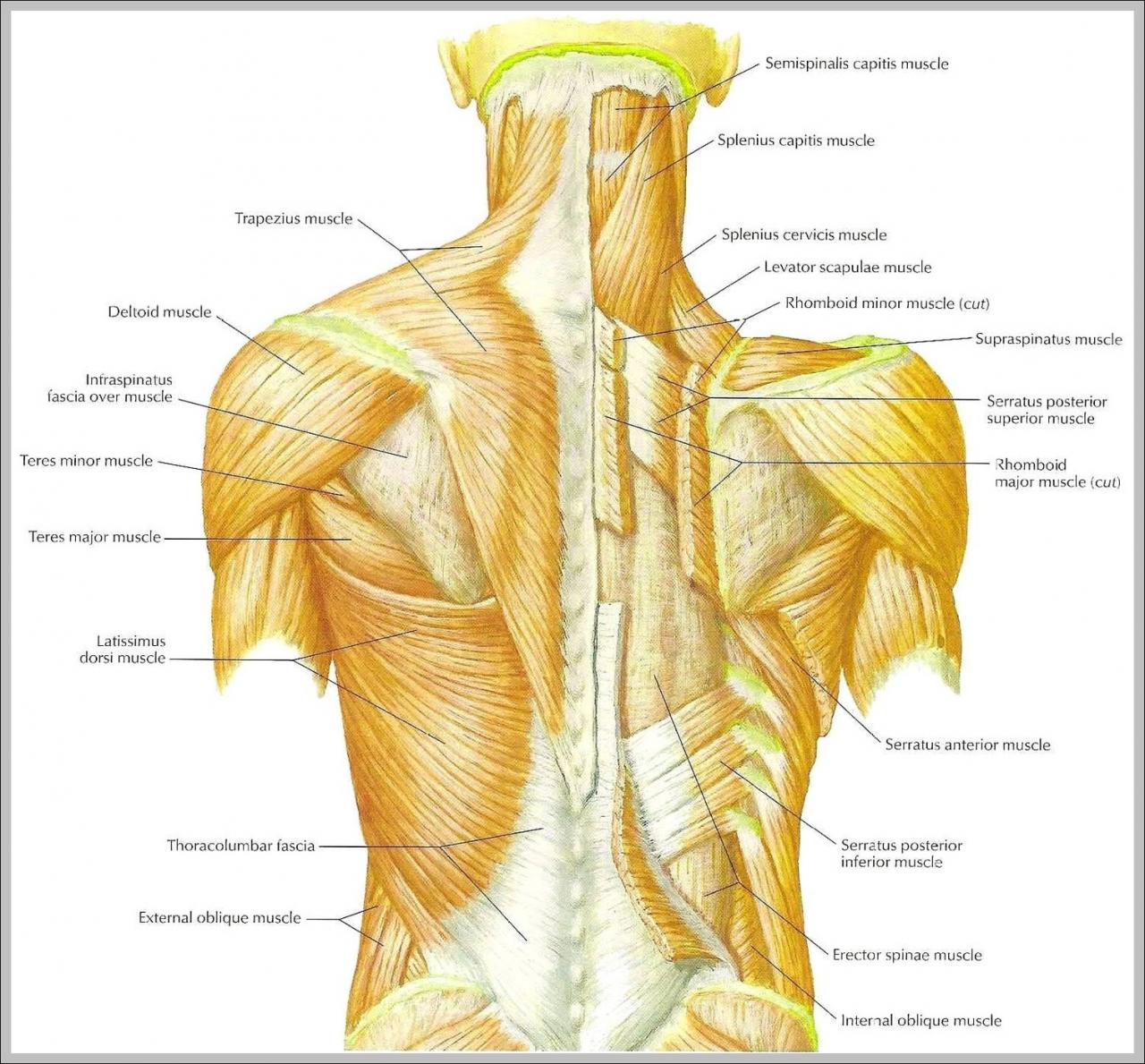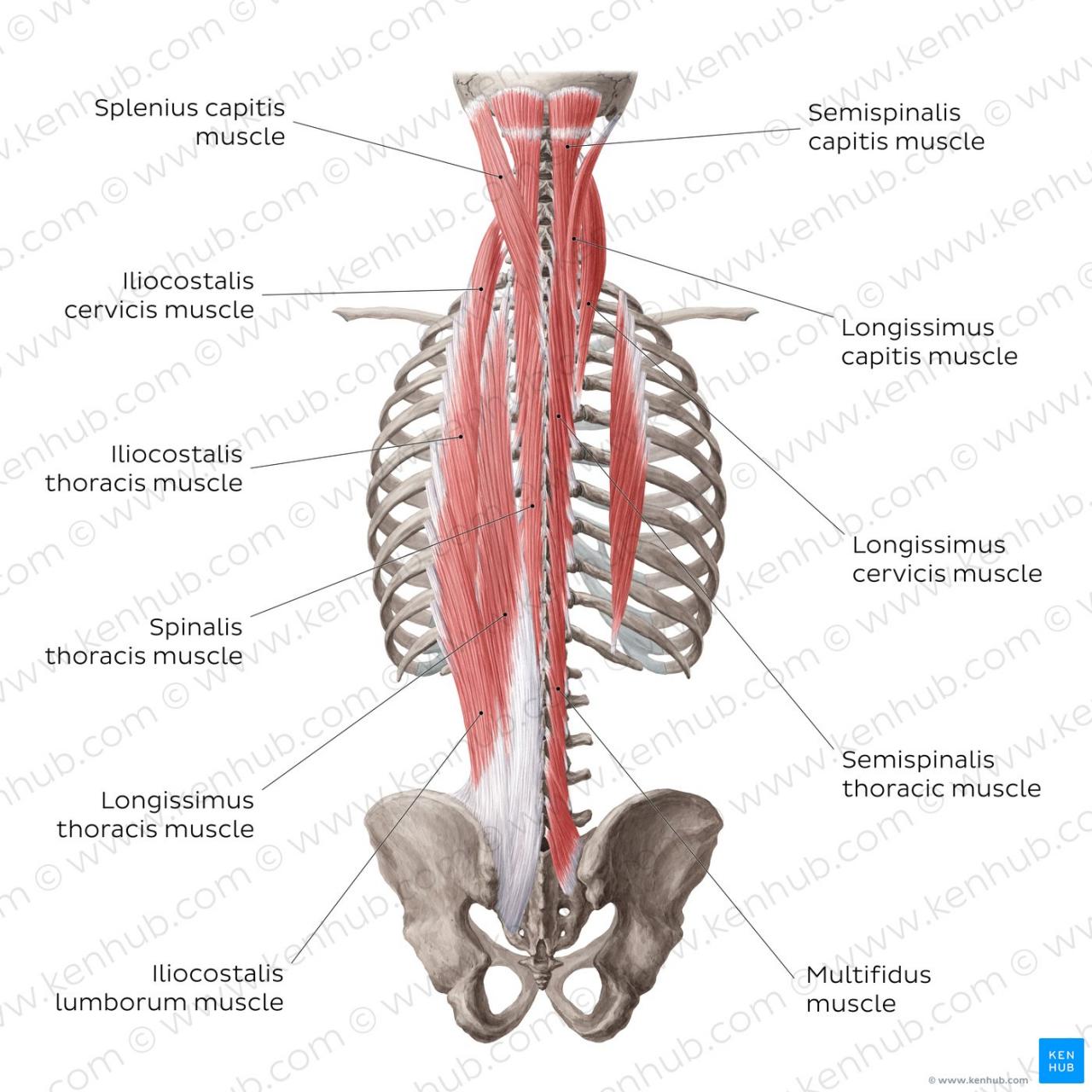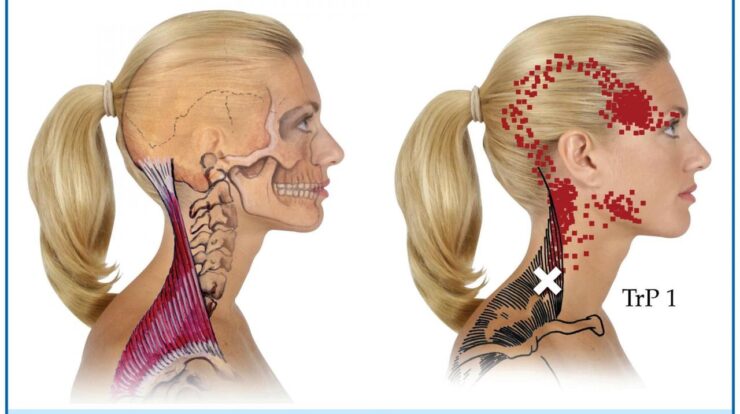
Step into the realm of back muscles, the unsung heroes that sculpt our posture, support our core, and empower our movements. From the mighty latissimus dorsi to the stabilizing trapezius, these muscles play a pivotal role in our overall fitness and well-being.
To alleviate lower back pain, incorporating regular exercise into your routine can be highly beneficial. Specific exercises to relieve lower back pain focus on strengthening the core and improving flexibility, which can help reduce pain and improve overall mobility.
Delving into the anatomy of back muscles, we unravel their intricate locations and functions, equipping you with the knowledge to target them effectively. Through a curated selection of exercises, we guide you on a journey to strengthen these muscles, unlocking their full potential.
Anatomy of Back Muscles

The back muscles, also known as the posterior chain, play a crucial role in posture, movement, and overall fitness. Understanding the anatomy of these muscles is essential for developing effective training programs and preventing injuries.
Stiff and tight muscles can lead to chronic back pain. Understanding the role of back muscles in maintaining spinal alignment is crucial for preventing and managing back pain. The back muscles provide support and stability, and when they become weak or inflexible, they can cause pain and discomfort.
Major Back Muscles
- Latissimus Dorsi:A large, V-shaped muscle that covers the lower back and extends to the sides. It’s responsible for pulling the arm down and back.
- Trapezius:A large, triangular muscle that extends from the neck to the middle back. It’s involved in shoulder movements and helps support the head.
- Rhomboids:A group of smaller muscles located between the shoulder blades. They help retract and rotate the shoulder blades.
- Erector Spinae:A long, complex muscle that runs along the spine. It’s responsible for extending and rotating the spine.
Exercises for Strengthening Back Muscles

Incorporating exercises that target different back muscle groups is essential for developing a strong and balanced back. Here are some effective exercises:
Rows
- Barbell Row:A compound exercise that targets the latissimus dorsi, trapezius, and rhomboids.
- Dumbbell Row:A variation of the barbell row that allows for a greater range of motion and can be customized to target specific muscle groups.
- Seated Cable Row:A machine-based exercise that isolates the latissimus dorsi and improves posture.
Pull-Ups
- Wide-Grip Pull-Up:A challenging exercise that targets the latissimus dorsi, trapezius, and biceps.
- Close-Grip Pull-Up:A variation of the wide-grip pull-up that focuses more on the biceps and forearms.
- Chin-Up:A variation of the pull-up that targets the biceps and brachioradialis muscles.
Deadlifts
- Conventional Deadlift:A compound exercise that targets the erector spinae, hamstrings, and glutes.
- Romanian Deadlift:A variation of the conventional deadlift that focuses more on the hamstrings and glutes.
- Sumo Deadlift:A variation of the deadlift that involves a wider stance and targets the adductors and quadriceps.
Benefits of Strong Back Muscles
Developing strong back muscles offers numerous benefits, including:
Posture and Core Stability
Strong back muscles help maintain good posture by supporting the spine and preventing slouching. They also contribute to core stability, which is essential for balance and coordination.
Overall Fitness
Back muscles are involved in a wide range of movements, including lifting, pulling, and pushing. Strong back muscles improve overall fitness and athletic performance.
In celebration of Mother’s Day, browse a collection of heartwarming images and messages to express gratitude and love for all mothers. Happy Mothers Day wishes can be found online, providing a thoughtful way to honor the special women in our lives.
Injury Prevention, Back muscles
Weak back muscles can lead to back pain, strains, and other injuries. Strong back muscles help protect the spine and reduce the risk of these injuries.
Common Back Muscle Injuries: Back Muscles

Common back muscle injuries include:
Strains
Strains are tears in muscle fibers that can occur due to overuse or improper technique. Symptoms include pain, tenderness, and stiffness.
Sprains
Sprains are tears in ligaments that connect muscles to bones. They can be caused by sudden or forceful movements and lead to pain, swelling, and bruising.
Herniated Discs
Herniated discs occur when the soft, jelly-like center of an intervertebral disc pushes through its tough outer layer. This can cause pain, numbness, and weakness in the legs or arms.
Conclusive Thoughts
As we conclude our exploration of back muscles, let’s not forget their vulnerability to injuries. Understanding common ailments and their remedies empowers us to protect these essential muscles. With proper nutrition and recovery techniques, we can nurture our back muscles, ensuring their longevity and optimal performance.
Clarifying Questions
What are the benefits of strong back muscles?
Strong back muscles enhance posture, stabilize the core, reduce back pain, and improve overall fitness.
How can I prevent back muscle injuries?
Proper form during exercises, maintaining good posture, and warming up before workouts can help prevent injuries.





